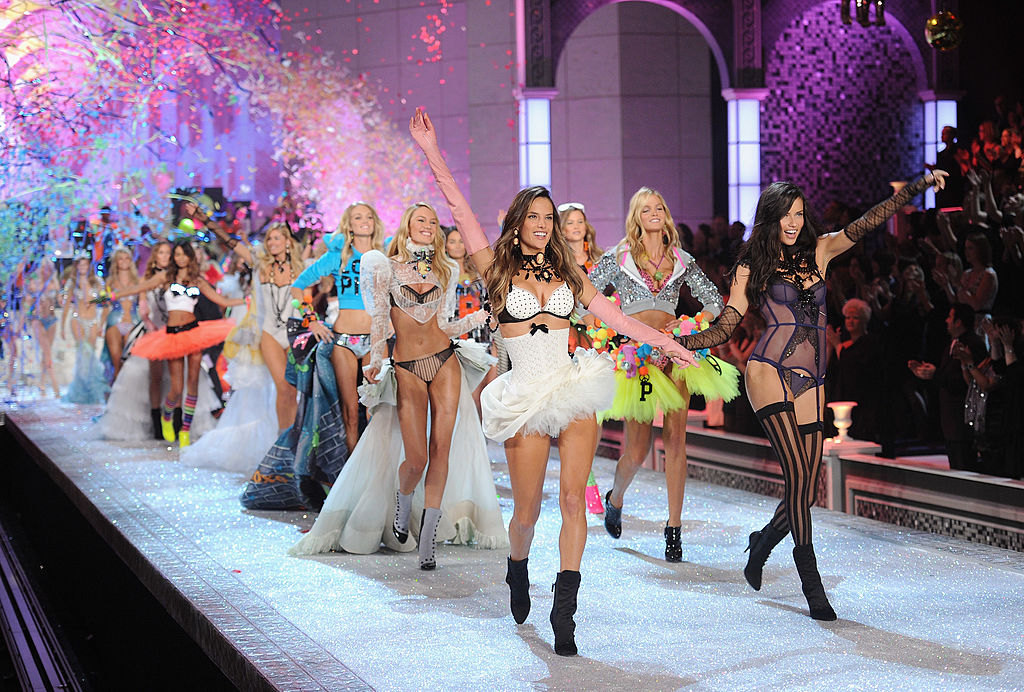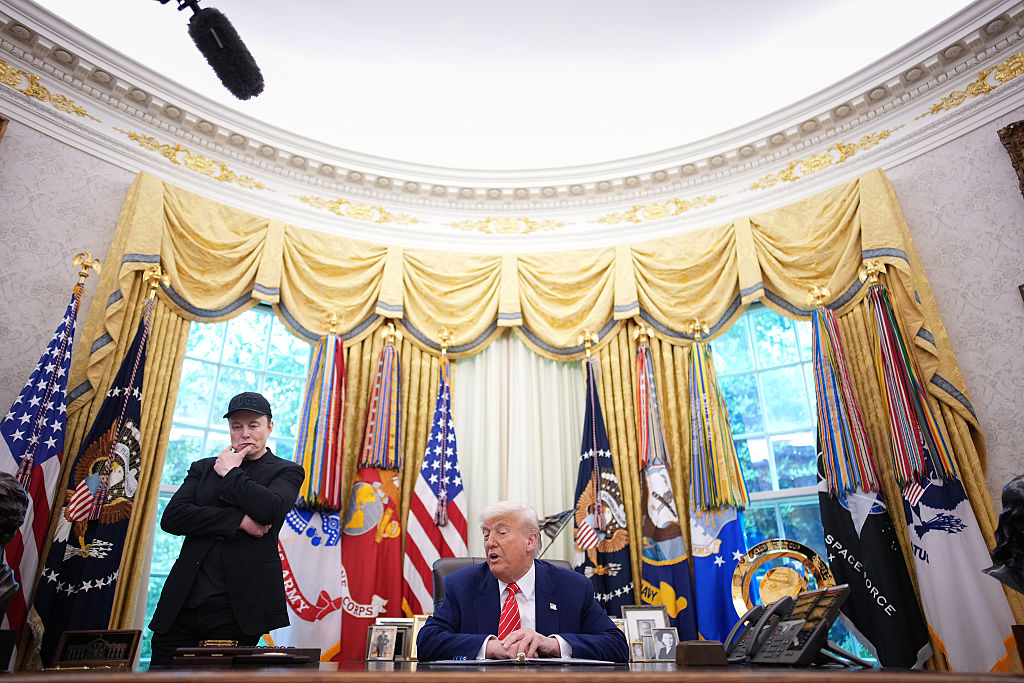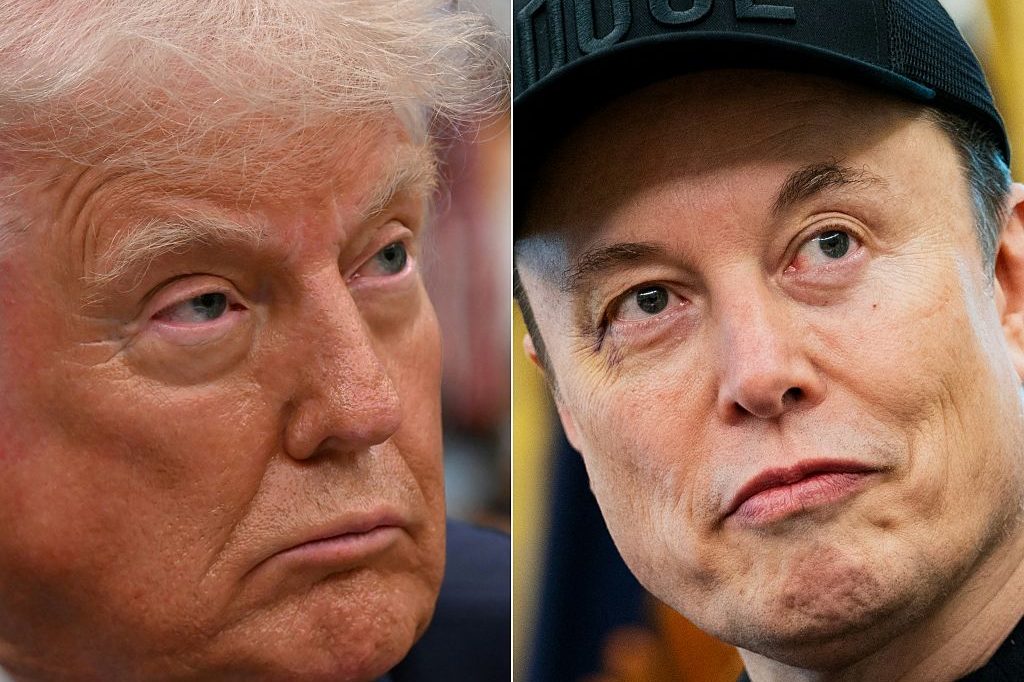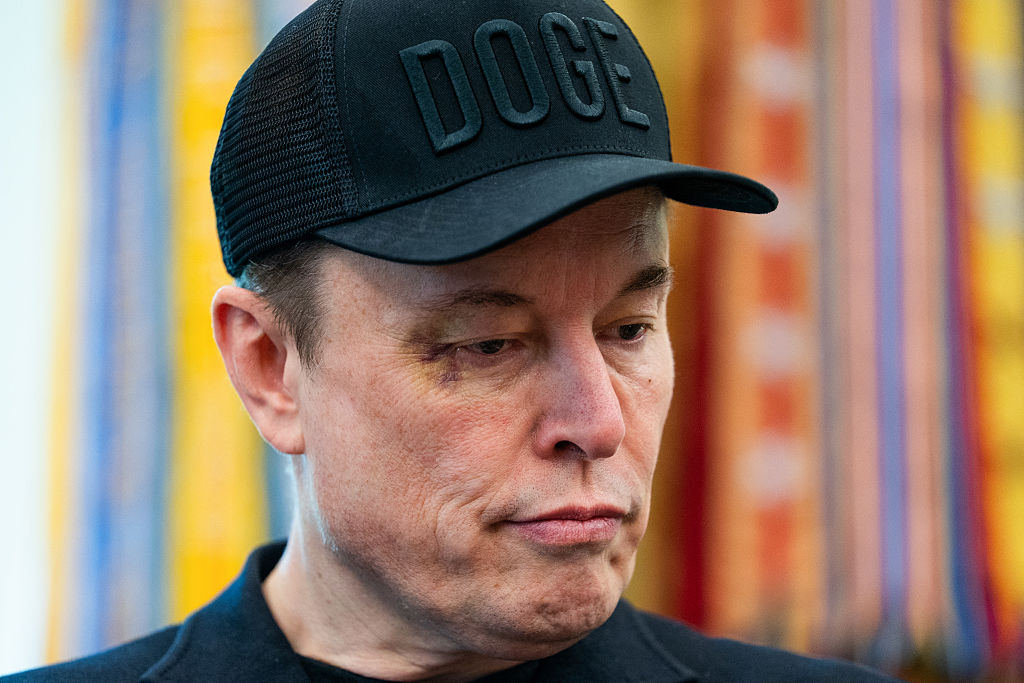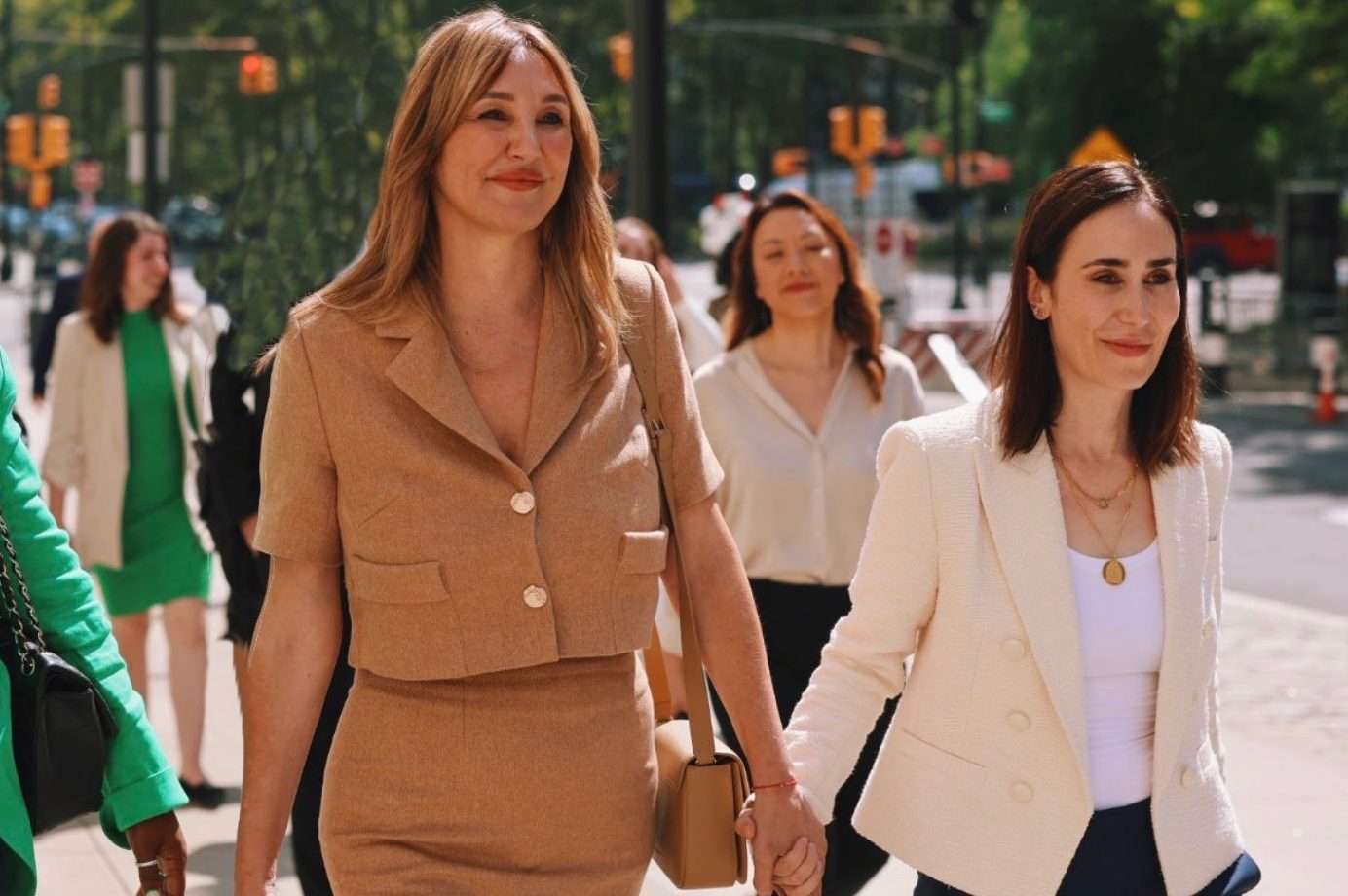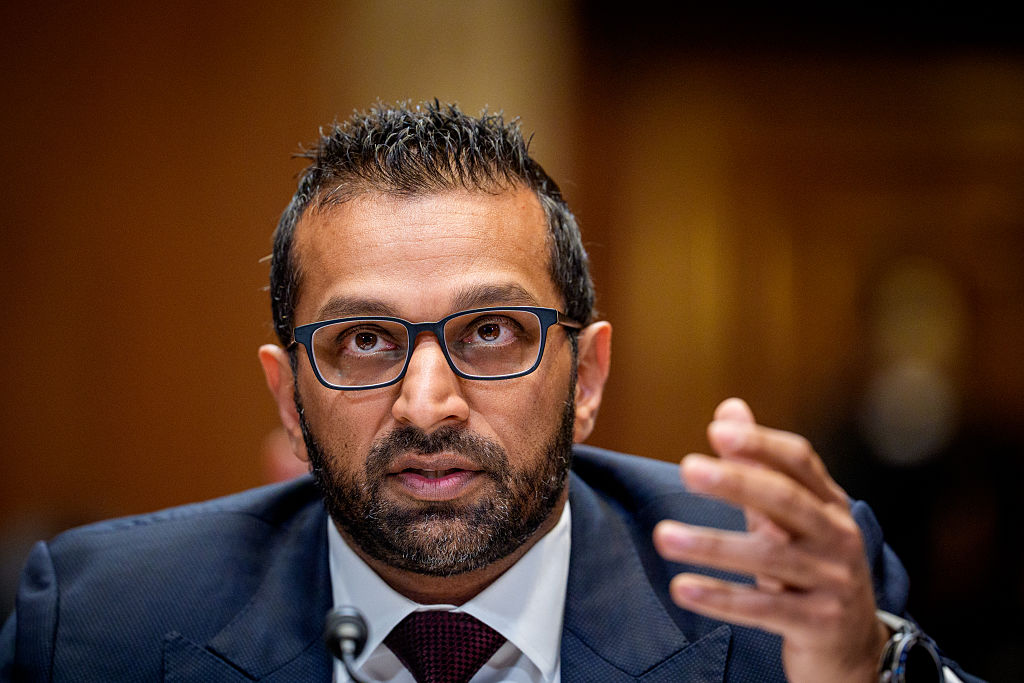Victoria’s Secret: Angels and Demons is the latest in a spate of streaming service exposés that seek to deconstruct the image-obsessed culture of the 2000s and 2010s. Netflix’s documentary about Abercrombie & Fitch taught us that the retailer was racist, fatphobic and potentially brimming with predatory closeted homosexuals. Hulu’s three-part documentary series about Victoria’s Secret teaches us that the company was sexist, fatphobic and potentially linked to pedophilic sex trafficking. Both take issue with the billionaire Les Wexner, who these days is more famous for his association with Jeffrey Epstein than his role in defining mall culture. (His retail conglomerate was also behind The Limited, Lane Bryant, Bath & Body Works and several other retail staples.)
As a series, Angels and Demons is a disorganized mess, introducing and dropping plot points with reckless abandon. Angie Han writes for the Hollywood Reporter that “buried within [the film] are compelling lessons about how Victoria’s Secret blossomed into a commercial trailblazer and then calcified into a dinosaur, as put forth by former executives and business journalists.” Han is right — there is an interesting story in here, somewhere. As the viewer, we just don’t know which one we should be paying attention to. Taken as a whole, it feels like the director was throwing spaghetti at a wall: which one of these bombshells will materialize into a social media controversy?
The winner among these seems to be body image. If you take nothing else away from this series, it should be that Victoria’s Secret was uniformly bad for women, including the women who represented the brand. I’m not dismissing these claims wholesale. I do think it’s important to recognize that the women who worked for these companies were often treated abominably. In one scene, model Frederique van der Wahl describes going home and crying in a bathtub.
But tellingly, that’s not what’s at stake in the broader conversation. Rather, the focus is on the effect on the consumer. While this type of branding can have a negative impact on shoppers, and women in particular, I’ve never understood the urgency with which it’s been discussed.
Victoria’s Secret, like Abercrombie & Fitch, didn’t have a cultural monopoly — it wasn’t a fascist regime where the diktat was “look like Heidi Klum or bust.” Stores like The Limited, another in the Les Wexner portfolio, had more subdued branding. Pac Sun was for the surfers and skaters. Hot Topic was for goths. Limited Too was for girls who were either too young or too awkward to experiment with the sexiness Pink and Victoria’s Secret promised. The list is about a mile long. You didn’t have to shop at Victoria’s Secret — people did so because they wanted to. The aspirational branding appealed to shoppers.
In a review for the Atlantic, Sophie Gilbert wonders why it took so long for “prescriptive beauty standards” to lose their cachet (and by extension, their selling power). I’m not sure she’s right that they did, though: the fall of Victoria’s Secret isn’t exactly incontrovertible proof. Victoria’s Secret became uncool for any number of reasons. We shouldn’t dismiss the possibility that newer, chicer, and less expensive internet-based brands replaced it.
What’s also interesting is that Victoria’s Secret and Abercrombie & Fitch both experienced sales dips after their more diversity-friendly rebranding campaigns.
While data backs up the notion that some types of inclusive advertising resonate with the consumer, very little has come out about the impact of plus-size models. What statistics are out there only indicate a need for inclusive sizing in the United States, which makes sense: according to at least some reports, as many as 67 percent of American women may be plus-size.
What accounts for the failures of these rebrands then? It’s possible that the fashion industry is just getting it wrong, as countless thinkpieces suggest. Maybe the models aren’t plus-sized enough. Or maybe they’re not merely fat; they also lack the glamor and image of luxury the original models had. The success of brands like Skimms and Fenty gives this theory some credence. Both have diverse marketing campaigns — with respect to both race and body type — but the models nonetheless retain a luxurious, glamorous appearance.
That said, I don’t think consumers bristle at beauty being used as a sales tactic as much as we’re led to believe. It’s no accident that women like Loren Gray, Bella Poarch or Charli D’Amelio have built huge followings on TikTok and, in turn, can easily sell products to their audiences. Men and women alike are attracted to youth and beauty, even if the latter is a luxury for some.
These backlashes read as more about aspirational branding than anything else. Few people look at somebody like Adriana Lima and say, “that has to be me.” They look at these women and think, “I wish that were me.” That’s an important distinction. But this is how advertising works: subconsciously, you believe that if you buy the product, you will embody those characteristics. Everyone knows they won’t magically turn into Adriana Lima if they purchase a Victoria’s Secret bra, but her beauty imbues a sort of magic into it. Maybe someday. It’s part of the fun.
The counterargument is that aspirational branding says there’s only one acceptable form of beauty, and that can become oppressive. But I’d argue the problem is with the relationship with the fantasy, as opposed to the fantasy itself. Yes, in a perfect world, we’d all look like Adriana Lima — and it’s fun to pretend it’s possible with the magic of the right bra.
What does it say about those who can’t accept it’s all just a dream? Those who can’t indulge in a moment of fantasy without it wrecking their psyches? And, most saliently, why are we pretending those people are the majority of shoppers?



